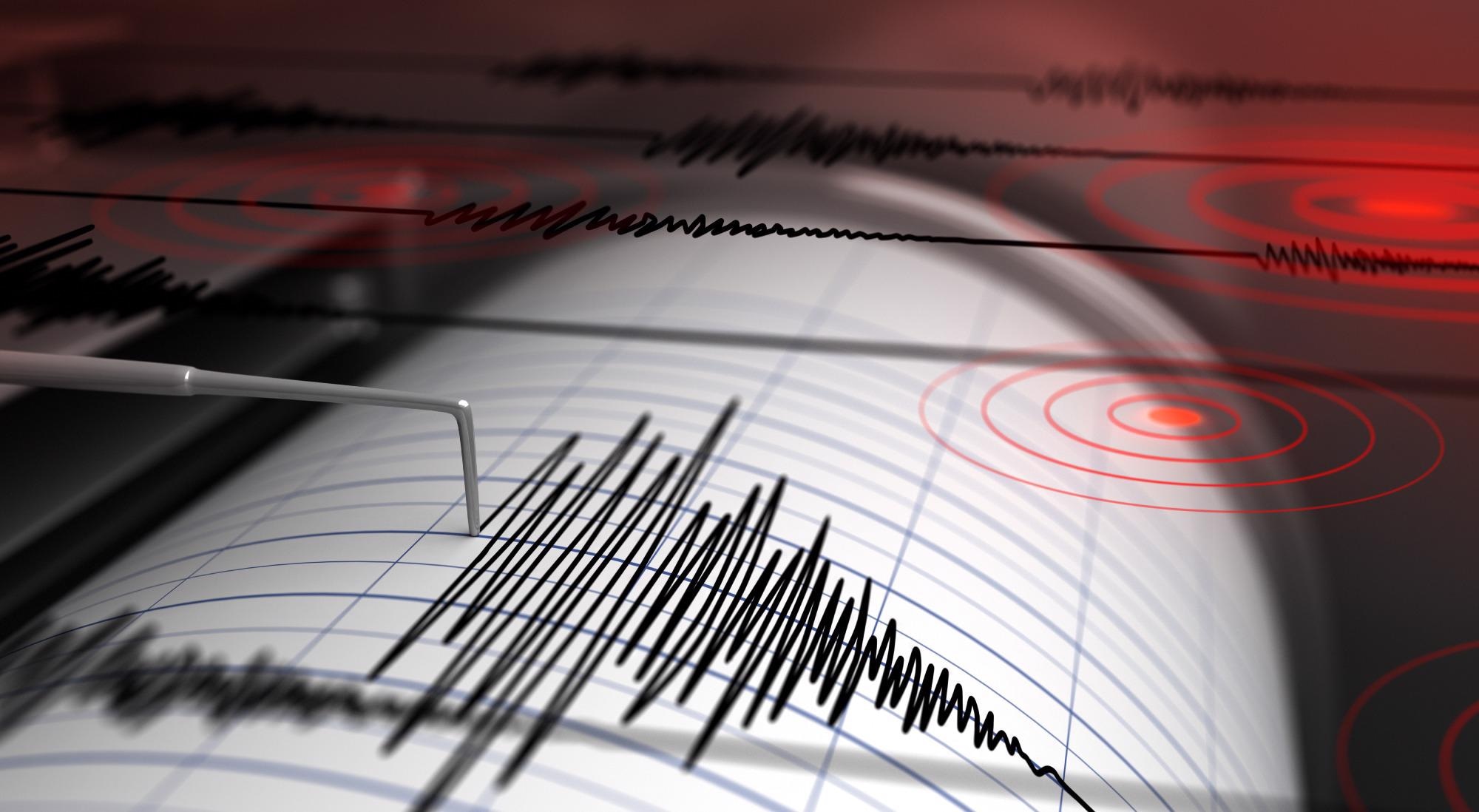A research team from Canada and Germany has identified a novel kind of earthquake signal in the vicinity of injection wells characterized by hybrid-frequency waveforms (EHWs). Unlike conventional earthquakes, these signals include broader primary (P) and secondary (S) pulses and lower frequency coda. Thus, they are slower to propagate and last longer.

Image Credit: Shutterstock.com/ Andrey VP
Hydraulic fracturing has accelerated the production of fossil fuels in the 21st century. However, there is mounting evidence to suggest that it is also a causative factor in the creation of earthquakes.
EHWs could represent a boundary transition from aseismic to seismic slipping. Understanding how subsurfaces react to the hydraulic fracturing process could help geologists adjust their injection procedures so that these activities do not result in earthquakes.
A Brief Primer on Fracking
Hydraulic fracturing, more commonly known as fracking, is one of the techniques used in the recovery of fossil fuels that may only be recovered using specialized stimulation techniques. This occurs when fossil fuels are dispersed in the rock rather than being concentrated in a single location. Hydraulic fracturing, and horizontal drilling, have opened up new areas for oil and gas exploration, especially in natural reservoirs, such as shale, coalbed and tight sands.
In fracking, large quantities of water, chemicals and sand are blasted into “tight rock” formations such as shale, sandstone, limestone or carbonite at sufficient pressures to crack the rock, allowing the trapped oil and gas to flow to the surface.
Although hydraulic fracturing has been in production since the 1940s, it wasn’t until the beginning of the 21st century that it really took off. This was precipitated by the development of slickwater - a mixture of water, sand and chemicals that reduce viscosity - and horizontal drilling, which reaches further into rock formations.
However, mounting evidence shows the harmful effects of fracking on the environment, particularly considering the creation of earthquakes. The U.S. Geological Survey, in particular, has noted: “an unprecedented increase in earthquakes in the U.S. mid-continent” since 2009. It concludes that “the entire increase in earthquake rate is associated with fluid injection wells.”
Minimizing Earthquakes
The multidisciplinary team consisted of researchers from the Geological Survey of Canada, the Universities of Victoria and McGill in Canada and Ruhr-Universität Bochum in Germany.
Working with a high-density seismic array around an active hydraulic fracturing well in the Montney Shale formation in British Columbia, Canada, the team reported a new type of seismic activity that may be due to slow subsurface ruptures related to hydraulic fracturing injections.
They observed waveforms consisting of two sections of varying frequency content: An impulsive broadband onset containing primary (P) and secondary (S) waves with slightly broader pulse widths than observed in typical events induced in the same area and a low-frequency coda.
They dubbed these linked signals “earthquakes characterized by hybrid-frequency waveforms” (“EHWs”).
The team recorded a total of 31 EHWs between May 28th and October 15th, 2015. These waves were recorded at 8 broadband seismograph stations deployed around a hydraulic fracturing well pad.
The seismic signals were all confirmed to have occurred near the wellbore. Of the 31 EHWs detected, 25 were constrained enough to determine their precise hypocenters - including 3 EHWs located in close proximity to the horizontal wellbore, 5 EHWs near station MG08 and 13 EHWs located approximately 2 km south of the end of the wellbore.
Coincidentally, hybrid seismic activity has also been observed in the vicinity of “hybrid volcanoes.” In these observations, the low-frequency portion of the waveform has been interpreted as the result of low rupture velocities or path effects - i.e., waves traveling through shallow low-velocity material. The low-frequency coda has been interpreted as the coupling between turbulent flow and the walls of an open crack. The coda duration is dictated by the pressure gradient across the crack, irrespective of the duration of brittle failure.
The team suggests that aseismic slip driven by fluids from prior injections may also contribute to seismic activity. The fluids trapped in fault zones within low-permeability formations could retain a localized, elevated stress state for a period of months to years. Altered stress states may help generate aseismic slip, repeatedly loading neighboring unstable areas along faults, leading to latent EHWs.
EHWs with longer source durations may represent the boundary transitions in a continuum of rupture speeds between aseismic slip to seismic rupture in a tectonic environment.
EHWs might provide the first indication as to how seismic activities may be minimized during hydraulic fracturing injection operations.
References and Further Reading
Yu, H., et al., (2021) Fluid-injection-induced earthquakes characterized by hybrid-frequency waveforms manifest the transition from aseismic to seismic slip. Nature, [online] 12, 6862 (2021). Available at: https://doi.org/10.1038/s41467-021-26961-x
Weingarten, M., et al., (2015) High-rate injection is associated with the increase in U.S. mid-continent seismicity. Science, [online] 348 (6241), pp.1336-1340. Available at: https://doi.org/10.1126/science.aab1345
NRDC. (2019) Fracking 101. [online] Available at: https://www.nrdc.org/stories/fracking-101
University of Hawaii. Compare-Contrast-Connect: Seismic Waves and Determining Earth’s Structure. [online] Available at: https://manoa.hawaii.edu/exploringourfluidearth/node/1336
Disclaimer: The views expressed here are those of the author expressed in their private capacity and do not necessarily represent the views of AZoM.com Limited T/A AZoNetwork the owner and operator of this website. This disclaimer forms part of the Terms and conditions of use of this website.